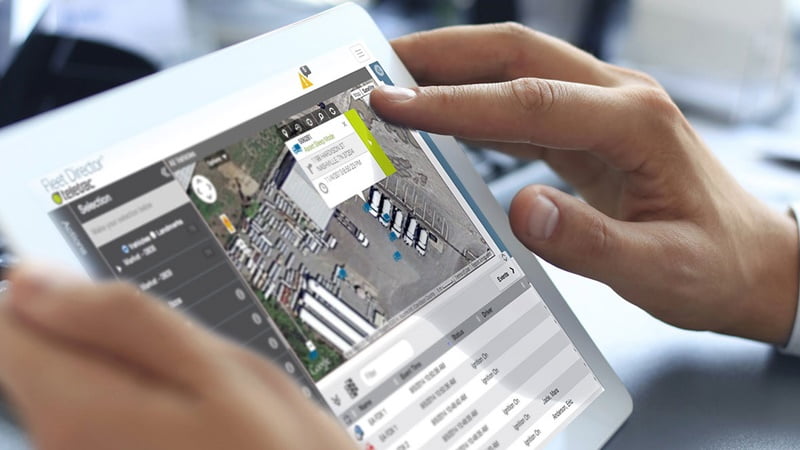If you are a truck fleet manager, or have ever worked in the industry, you know that one of the highest costs is truck maintenance – especially dealing with equipment that has been misused and abused. Abuse can make up 30% of a fleet’s cost, and it doesn’t have to be egregious to be problematic. Abuse can include the bad ramp, not coming to a complete stop before shifting gears, or cracks in the floor.
Operationally Induced Events and the 8%
Operationally Induced Events (OIEs) are when maintenance or repairs are required due to incorrect or abnormal use of equipment. OIEs are designated whenever a piece of equipment comes to harm by operator error or some other outside force, as opposed to expected maintenance due to the normal wear and tear of operation.
So, as the manager of a fleet, what you want and need to know is who is causing most of your OIEs. The easiest place to start is to check the work orders. And, more often than not, approximately 8% of your operators will account for 60% of maintenance costs.
What To Do About The 8%
Once you have identified the operators costing you the most money, they will usually separate into two groups.
- Operators who do not realize they are doing anything wrong. This can be both a good and bad problem to have, because it means these operators care about doing good work, but they need to be retrained to break bad habits. Fortunately, these operators are often happy to be retrained with training on the job, because they want to do the best work they can.
- Operators who know they aren’t following protocol and don’t care about company assets. These operators might change their behavior in order to keep their jobs, but it might be a better idea to let them go or at least reassign them to tasks that do not put company property at risk due to abuse.
Tracking OIEs
Since tracking OIEs through work orders is a fairly simple task, it means you can quickly name the operators costing the most money, and you can see exactly how much each operator is costing your fleet in OIEs. This dollar amount helps you budget your training – if you were going to pay this cost on OIEs, you might as well put it towards training so you don’t have to keep fixing equipment that otherwise should not need repair.
If you track your OIEs and are proactive in retraining your 8%, you will see a hefty dent taken out of that 30% of your budget that goes towards maintenance for equipment abuse. Protecting just a portion of 30% of your entire operating cost will make your fleet more profitable, efficient, and allow more money to go towards training or investing in more efficient trucks and warehouses.

